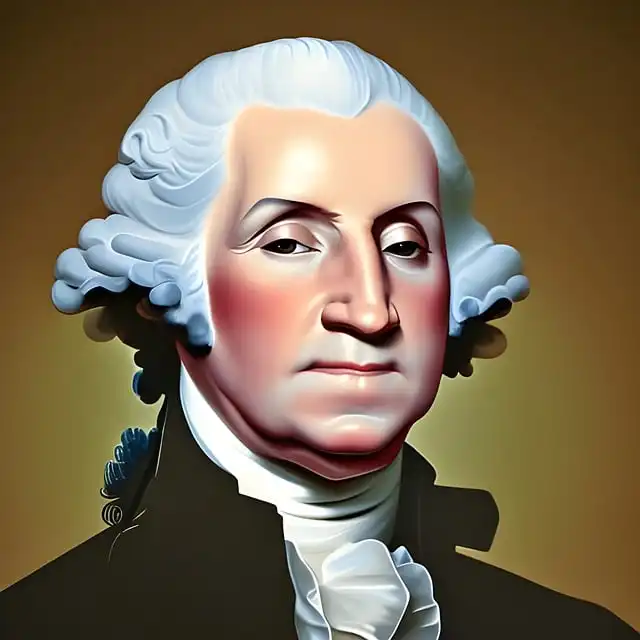When the chair-president “marriage” goes sour (opinion)

Given the array and complexity of presidential responsibilities, many of which require confidentiality, it’s not surprising that a campus community doesn’t know all the ins and outs of how their presidents spend their time and the issues with which they deal.
But in those instances where the connection is stressed, entire areas of professors, team, pupils, benefactors, others and alumni are often negatively influenced also if few if any one of them know this bothersome management dynamic. Participants of the campus neighborhood in these cases are like households and friends of those in a vulnerable marriage– they do not recognize what’s truly going on, but they know enough to be uncertain.
Till about the last decade, I was struck by exactly how much those of us in the academy– faculty, personnel, managers and trustees– truly placed a high worth on civil discourse, with universities and colleges commonly priding themselves on being areas where people can disagree passionately however with shared regard, or at least the appearance of that respect. In current years, this is no much longer the instance. Congress, which was when an area where people suggested fervently with those with whom they differed but then invested gracious social time together, is currently similarly torn apart.
Also, throughout the initial year of a new presidency, campus communities generally are attempting to decide if the new head of state is capable and trustworthy. If the previous president left under adverse conditions, individuals on campus are likely to be particularly unreliable concerning brand-new management. Many new head of states are so concentrated on finding out regarding the organization and its individuals that they postpone essential choices until their second year.
I likewise have read about chairs that have– without governmental knowledge much less involvement– talked directly with professors and personnel (and often also trainees), neglecting the most effective technique that all trustees, including the chair, that desire to communicate with those on school should collaborate with and through the president or, if the president so defines, the board secretary. (The exemption to this is trustee committee chairs that have direct discussions concerning the job of their board with their administrative intermediary, commonly a vice president. At the same time, in healthy and balanced institutions presidents are completely informed about and commonly participate in such conversations.).
In a number of these circumstances, I must worry, the chair who was in area when the president was hired has actually rotated out of that setting and the new chair is for various reasons much less spent in the president’s success. A number of these examples come from institutions with which I’ve not had a consulting partnership yet where I understand well the president and/or the chair.).
A chair at a research study university went across the boundary from administration right into management by inappropriately meeting with specific faculty members without the president’s expertise in his quest to gain assistance for his personal belief that the provost need to be release, despite the fact that he knew the president wanted to preserve the provost.
Given the variety and intricacy of governmental responsibilities, many of which require privacy, it’s not shocking that a campus area does not know all the ins and outs of exactly how their presidents spend their time and the issues with which they deal. On the majority of schools and also for some board members, the issues head of states must contend with are a black box.
Susan Resneck Pierce is head of state of SRP Consulting, head of state emerita of the College of Puget Audio and author ofOn Being Governmental( 2011) andGovernance Reconsidered (2014 ), both published by Jossey-Bass and funded by Inside Greater Ed.
The most typical grievance I hear is from presidents that characterize their chair as a micromanager that is wrongly participated in functional choices– despite the fact that in every establishment I understand, board laws require the trustees to delegate functional duty to the head of state. Consequently, these boards usually invest their time in the typical weeds instead of concentrating on their primary fiduciary obligation and their obligations for approach and plans.
Successful presidents all at once offer a range of various teams (pupils, professors, staff, graduates, the neighborhood, contributors and the board), most of whom have conflicting interests and concerns. As I tell presidents I coach, their board has the duty to work with and discharge them, so their board is certainly their crucial constituency.
The initial two presidents ultimately left the organization they were leading, disappointed that their chair was ignoring the reality that as head of state, they were the board’s only employee which all various other employees basically benefit the president. The third president wound up being discharged, based upon the chair’s discussions.
As I have commonly discovered during my 18 years as a greater ed consultant, brief presidential tenures take a toll on their institutions. Even in the best of circumstances, presidential shifts are time-consuming. Searches often take 9 or even more months, throughout which time planning and even application of formerly approved plans typically obtain postponed. Leaving head of states are frequently considered as unsatisfactory ducks, while acting presidents are often seen as placeholders, whose presence likewise delays institutional progress.
In a conversation recently with a person whose presidency and mine overlapped (1992– 2003), we talked about how despite the fact that we worked 24-7 and shed a fair amount of rest, we mainly loved what we did and also had lots of enjoyable doing it. That is not what I am hearing today from head of states I recognize, almost all of whom make use of language like “I’m worn” and “I can’t wait to retire.” It is therefore not unusual that the typical presidential tenure, according to a current American Council on Education study, has actually reduced substantially recently (from 8.5 years to 5.9).
Head of states and boards, specifically their chairs, are left in different methods with the health and wellness and integrity– economic and scholastic– of the establishments they offer. In the most effective of these connections, chairs see themselves as the head of state’s critical companion and presidents see the board as a critical benefit to the organization.
I recognize enough currently to understand that we aren’t most likely to change the larger culture, I do advise that college and college boards established apart time– certainly in brand-new trustee alignment and at the very least as soon as a year for the entire board in an executive session– to attend to the concern of just how trustees connect with one an additional and with the schools that they have actually committed to serve. If a board has preserved an outdoors professional to do a 360-degree review of the president, I suggest that they ask that very same specialist to make suggestions concerning the board’s functioning, especially in terms of its actions in relation to the head of state and the elderly leadership team.
In this context, the head of state’s link to the board is usually nontransparent to the wider university area. Certainly, as is also real for many marital relationships, it’s nearly impossible for those not in the relationship to understand what actually takes place inside it. And naturally, if a board sheds confidence in the head of state, the outcome is a divorce in which the president is the one who leaves. (Two personal confessions enter your mind in this regard: First, as a former Faulkner scholar, I am mindful of the relevance of story, am alert to undependable narrators and am constantly mindful that history, culture and memory affect perception. And second, although that I have actually never taken a training course in medical psychology, I sometimes think that clients with undesirable board-president connections may require a marital relationship therapist along with a higher ed professional.).
And of course, if a board loses confidence in the head of state, the outcome is a separation in which the head of state is the one who leaves. In a number of these circumstances, I need to stress, the chair who was in place when the president was employed has actually revolved out of that position and the new chair is for different reasons less spent in the president’s success. I likewise have heard concerning chairs who have– without governmental understanding a lot less involvement– spoke straight with faculty and personnel (and occasionally also trainees), disregarding the ideal technique that all trustees, consisting of the chair, that desire to connect with those on university needs to function with and via the president or, if the head of state so defines, the board assistant. In the most effective of these partnerships, chairs see themselves as the head of state’s calculated companion and head of states see the board as a tactical advantage to the establishment.
In any case, when the president-chair relationship is bothered, it is generally head of states that find themselves on unsteady ground. And although I am happy to say that the majority of president-chair partnerships that I have observed declare, I have actually been just recently observed what appears to be an uptick in the souring of such connections.
If a board has preserved an outdoors specialist to do a 360-degree testimonial of the president, I suggest that they ask that same expert to make recommendations concerning the board’s performance, especially in terms of its behavior in relationship to the head of state and the senior leadership group.
1 chair2 Getty Images President-elect
3 Labor Relations Board
4 presidents
« Technology Initiatives Support Student Mental Health in a Modern Higher Ed EnvironmentEducation Department’s doors blocked to House Democrats »
